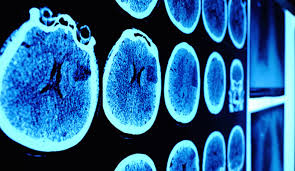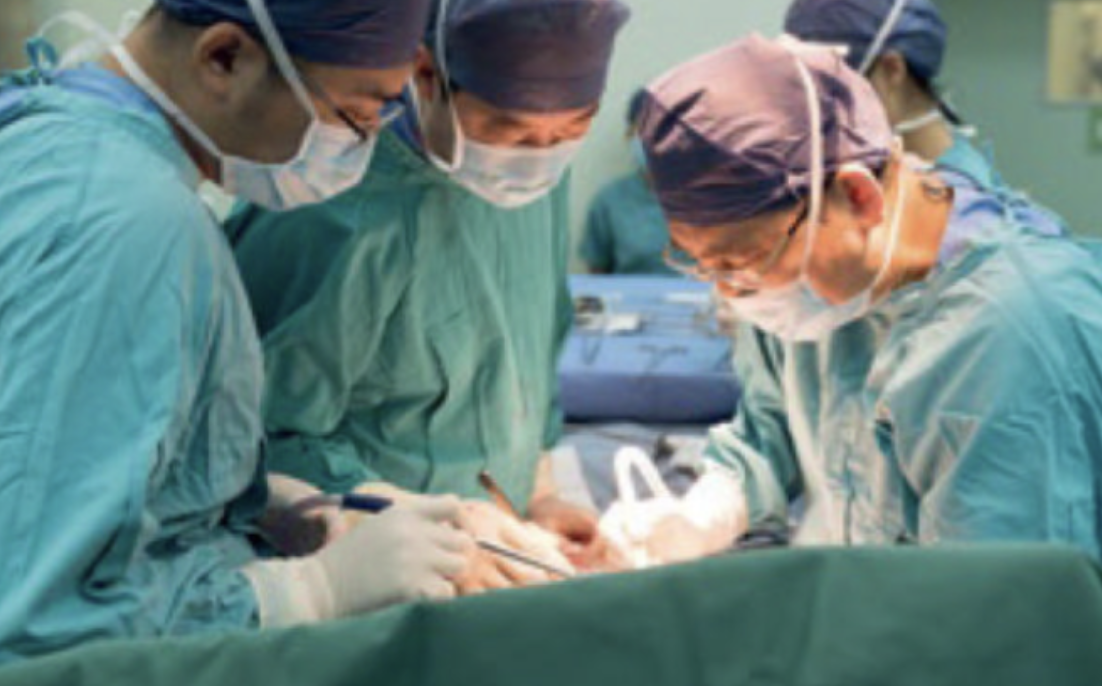Researchers have devised an economical and straightforward experimental method to detect cancer, requiring only a minuscule dried blood sample. With a sensitivity ranging from 82 to 100%, and a rapid processing time of just a few minutes, this test holds promise, particularly for individuals residing in low-income nations.
In China, scientists have pioneered a dried blood spot assay for cancer diagnosis, concentrating on pancreatic, gastric, and colorectal cancer in their latest research. Utilizing machine learning, a form of artificial intelligence, their system surpasses current whole blood tests and other diagnostic modalities in both speed and cost-effectiveness. As outlined in their recent publication in Nature Sustainability, this innovative dried blood spot test exhibits potential for enhanced accuracy compared to existing whole blood tests.
The emergence of AI in the field of medicine
In today's landscape, AI has permeated nearly every aspect of our lives, with both positive and negative ramifications. However, amidst concerns of job displacement and dubious artistic endeavors, there exists a realm where AI demonstrates immense potential for societal benefit: medicine.
At the forefront of medical research, scientists are harnessing the capabilities of AI to enhance our understanding and management of various diseases. A pivotal aspect of this endeavor involves devising innovative methods for diagnosing medical conditions—an endeavor crucial for early detection, which typically translates to improved prognoses.
Given the challenges associated with diagnosing certain cancers, particularly those lacking reliable blood markers, researchers are exploring the potential of AI to assist in this process.
Presently, achieving accurate diagnoses often necessitates access to costly facilities, specialized equipment, and reliable transportation. For example, maintaining temperature-controlled storage during the transit of whole blood incurs significant expenses.
In a recent publication, the authors emphasize the paramount importance of cost-effectiveness in disease screening initiatives.
These financial burdens pose an additional hurdle for developing nations and impoverished regions, where inadequate access to healthcare leads to a high prevalence of undiagnosed cancer cases. Consequently, some experts project that by 2030, a staggering 75% of cancer-related deaths will be concentrated in low- and middle-income countries.
Utilizing blood spot tests for cancer detection presents a promising avenue. While some ailments can already be diagnosed through dried blood spot tests, which offer advantages in cost and ease of handling compared to traditional whole blood samples, challenges persist. Common cancer diagnostic indicators, like microRNAs and proteins, are susceptible to disruption during the drying process. Additionally, the limited blood volume obtained from such tests often proves inadequate for comprehensive cancer diagnosis.
Dr. Joel Newman, a consultant hematologist and clinical lead for pathology at Eastbourne District General Hospital, highlighted the complexities of utilizing blood spots for cancer detection. He emphasized the necessity of identifying detectable cancer-related markers in minuscule blood samples, without inadvertently detecting naturally occurring substances that could trigger unnecessary concerns or investigations.
A recent study introduces an innovative approach by shifting focus from conventional cancer markers to cancer-related metabolic alterations. The technology they employ capitalizes on the stability of most metabolites in dried blood spots. Proposing a potential solution, the researchers envision a cost-effective, swift AI-assisted dry blood spot test for cancer, leveraging nanoparticle-enhanced laser desorption/ionization mass spectrometry (NPELDI MS) technology.
The experimental test developed by researchers proves to be more dependable, rapid, and secure compared to conventional whole blood tests. Their study demonstrated that the test, utilizing dried blood spots, could detect cancer with a sensitivity ranging from 82% to 100%. This surpasses the sensitivity of current whole blood tests, which typically range from 50% to 80%.
During their investigation, the researchers subjected the blood spot tests to various temperatures and environmental conditions, finding that the samples remained viable. In contrast, many standard whole blood tests require extremely low temperatures to prevent deterioration.
Furthermore, traditional tests necessitate costly and time-consuming pretreatment of samples, whereas the blood spot test allows for direct analysis, saving both time and money. Additionally, blood spot tests require less physical space, rendering them more convenient and cost-effective to transport.
Moreover, the drying process involved in blood spot tests can deactivate certain harmful pathogens present in whole blood, potentially enhancing safety.
Assisting in the detection of overlooked cancer diagnoses, the authors conducted an analysis to gauge the potential increase in identifying cancer cases using their dried blood spot system if widely adopted. Presently, screening methods for colorectal, pancreatic, and gastric cancers heavily rely on costly techniques like colonoscopy, computed tomography (CT scans), and gastroscopy, respectively, which necessitate skilled medical personnel. Conversely, the authors propose that their method can maintain a high level of diagnostic precision even when administered by local health workers in resource-constrained clinical environments. They approximated that within underserved communities, the proportion of undiagnosed cancer cases varies from 34.56% to 84.30%. However, if their novel approach to population-based cancer screening were applied in rural China, they anticipate a reduction in the rates of undiagnosed cases as follows: from 84.30% to 29.20% for colorectal cancer, from 34.56% to 9.30% for pancreatic cancer, and from 77.57% to 57.22% for gastric cancer. MNT interviewed Anton Bilchik, MD, Ph.D., a surgical oncologist, chief of medicine, and director of the Gastrointestinal and Hepatobiliary Program at Providence Saint John’s Cancer Institute in Santa Monica, CA, who was not involved in the study. When asked about his reaction to these findings, he remarked, "I was very surprised by these findings. The reduced estimated percentages of undiagnosed cancer cases [...] is astonishing, particularly in less developed areas.”
What is the Cost of Blood Testing?
In the quest to prevent overlooked diagnoses, the implementation of blood spot tests on a population-wide scale becomes crucial, with cost emerging as a significant consideration. The authors present a compelling example illustrating the potential cost-saving benefits of their technology. For instance, they highlight the efficiency of their approach by comparing the transportation costs and timeframes associated with blood spot tests versus liquid serum specimens.
In their demonstration, they reveal that the shipment of an envelope containing 100 filter paper dried blood spot tests from Gansu, one of China's least developed provinces, to Shanghai, a major metropolitan area, takes just 1.5 days. Remarkably, the shipping expense for this efficient transfer amounts to a mere $0.32.
In stark contrast, the transportation of a box containing 100 liquid serum specimens, which are significantly larger by seven times, requires 4–5 days for delivery. Moreover, this process necessitates cold-chain transportation to maintain specimen integrity, substantially inflating the associated costs to $3.42.
This example underscores not only the potential cost-effectiveness of blood spot tests but also their practical advantages in terms of speed and logistical simplicity.
Human Trials Required for Promising Cancer Diagnosis Tool
The quest for a cost-effective and precise method to diagnose cancer holds promise, yet substantial groundwork awaits before this innovation transitions to clinical use. In this investigation, researchers examined their AI model solely using a limited sample size comprising a few hundred individuals already diagnosed with cancer. Prior to widespread adoption, rigorous testing involving thousands of real-world cases is imperative. Despite the challenges, Bilchik remains optimistic about the potential, emphasizing the necessity for validation and prospective studies, as the implications could be transformative, potentially revolutionizing the detection of undiagnosed cancers.












0 Comments